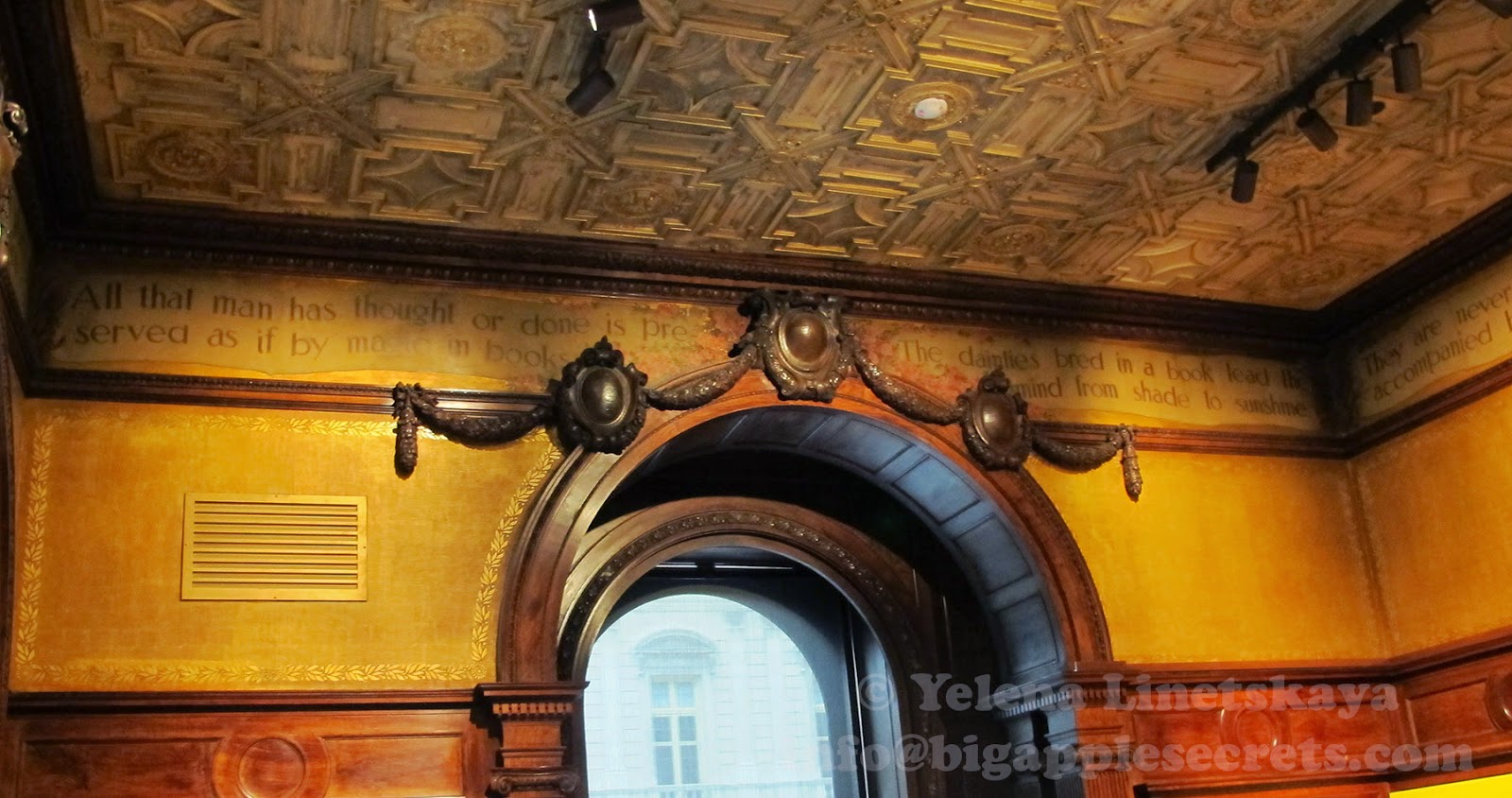 One of the captains of industry of 19th century America, Andrew Carnegie helped build the American steel industry. Carnegie was considered as the second-richest man in history after John D. Rockefeller. He started as a very poor son of a very poor parents. "I began to learn what poverty meant," Andrew would later write. "It was burnt into my heart then that my father had to beg for work. And then and there came the resolve that I would cure that when I got to be a man."
One of the captains of industry of 19th century America, Andrew Carnegie helped build the American steel industry. Carnegie was considered as the second-richest man in history after John D. Rockefeller. He started as a very poor son of a very poor parents. "I began to learn what poverty meant," Andrew would later write. "It was burnt into my heart then that my father had to beg for work. And then and there came the resolve that I would cure that when I got to be a man." Andrew started his working career as a bobbin boy in a cotton factory for $1.20 a week when he was thirteen. He read a lot and moved from messenger boy to telegraph operator and then to a series of positions leading to the superintendent of the Western Division of the Pennsylvania Railroad. In 1865, he organized the first of his many companies, the Keystone Bridge Company, and in 1873, the first of his steel works.
Andrew Carnegie built the Carnegie Steel Company which in 1890s was the largest and most profitable industrial enterprise in the world. In 1889, Andrew Carnegie wrote the book The Gospel of Wealth. The quotation for which he is most famous comes from this book : “The man who dies thus rich dies disgraced.”
In 1901 Carnegie sold his steel company the company to J.P. Morgan. At a dinner party with Morgan, Carnegie writes out four hundred and eighty million on a piece of paper. The equivalent today of four hundred billion dollars, or the entire budget of the US Federal Government.
After selling the company Andrew became a full time philanthropist.
In 1898 Carnegie purchased a land for his house by further north than most mansions. He asked his architects Babb, Cook & Willard for the "most modest, plainest, and most roomy house in New York". The house was a marvel of modern technology. Outside air was brought in and heated or cooled to the desired temperature. In the sub-basement, a miner's cart carried coal along a railroad track from a massive bin to three large boilers. On a typical winter day, it took two tons of coal to heat the house.
It was also the first American residence to have a steel frame and among the first to have a private Otis Elevator. The property included a large private garden, a rarity in Manhattan.
From his private office in the mansion, Carnegie donated money to build free public libraries in communities across the country and to the improvement of cultural and educational facilities in Scotland and the United States.
By the time of his death in 1919, Andrew Carnegie had given away about $350 million, over $60 million of which went for the establishment and construction of Carnegie Libraries around the country. Carnegie said about libraries: “Libraries are reservoirs of strength, grace and wit, reminders of order, calm and continuity, lakes of mental energy, neither warm nor cold, light nor dark....".
Mrs. Carnegie remained in the house until her death on June 24, 1946. She willed it to The Carnegie Corporation which, in 1972, donated it to the Smithsonian Institution for use as the Cooper Hewitt National Museum of Design. The museum was closed for renovation in 2008 and opened in December 2014. I'll write about the museum in one of my next posts.





No comments:
Post a Comment